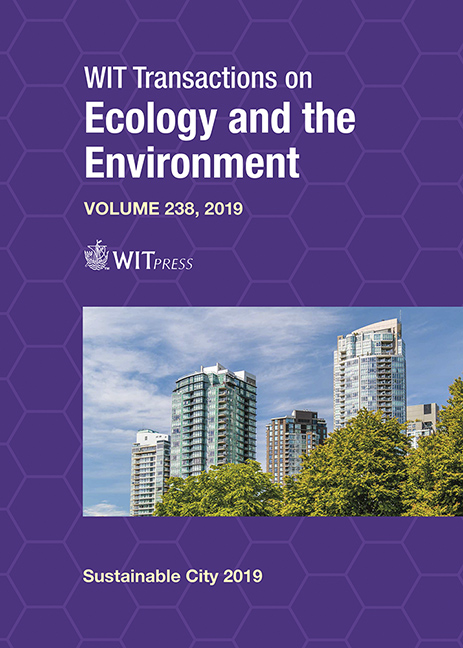ANALYSIS AND MANAGEMENT OF LANDSCAPES WITH PATRIMONIAL CHARACTER IN THEIR TRIPLE FACET OF MEMORY, IMAGE AND SOCIOSYSTEM
Price
Free (open access)
Transaction
Volume
238
Pages
10
Page Range
13 - 22
Published
2019
Paper DOI
10.2495/SC190021
Copyright
WIT Press
Author(s)
ANDER DE LA FUENTE ARANA, URTZI LLANO-CASTRESANA
Abstract
This article proposes the dichotomy of “landscape” analysis necessarily associated with a qualifier such as “natural” or “cultural”, which implies unnecessarily limiting its concept, should be overcome. For this, some authors have proposed the definition of the landscape in three differentiated and interrelated levels; these lines analyse and propose what this three-dimensional analysis would consist of. When assuming this three-dimensional approach, it is proposed that the three facets for its analysis and management would be: memory, generating a feeling of belonging or anchoring; the image, as identity, meaning and physical structure of a perception; and the sociosystem, analyzed in terms of the characteristics of the habitat, the inhabitants and their habits. Memory can be reconstructed and enhanced through spontaneous or directed processes of recovery and reintegration. The image can also be constructed, by interpreting it and minimizing its noises and discontinuities to turn it into a vivid, differentiated and evocative perception. The sociosystem is the area of the landscape that responds less to a behavioural methodology. We must, therefore, seek the measurement of certain factors that, despite not accurately reflecting subjective characteristics or externalities, work as indicators of a comparative evolution. As a result, an identification of the elements that articulate each of the facets is obtained for subsequent documentation and assessment through social dialogue: traces and narratives of memory; nodes, milestones, paths, districts and edges of the image; and opportunity spaces of the sociosystem. Frequently, interventions on cultural landscapes are excessively focused on improving their aesthetics (image), protecting their heritage by historicizing it (memory) or obtaining profitability, especially touristic profitability from their socio-economic potential (sociosystem). Through this three-dimensional landscape analysis, we can compensate the gains achieved from each facet (memory, image and sociosystem) with the losses of the others, avoiding rejection and achieving social involvement and the essential balance with the means to make our project sustainable.
Keywords
landscape management, memory, image, sociosystem





